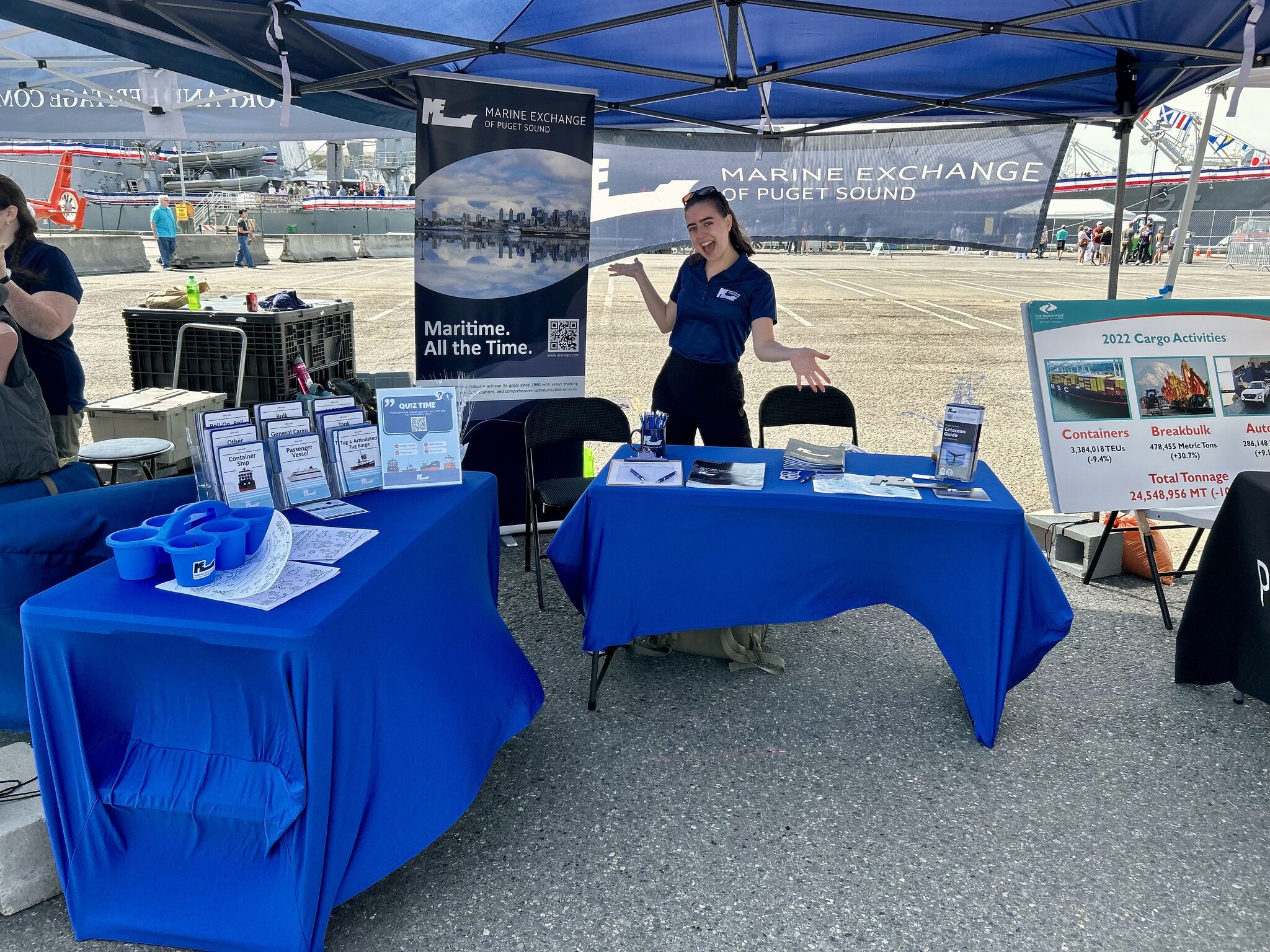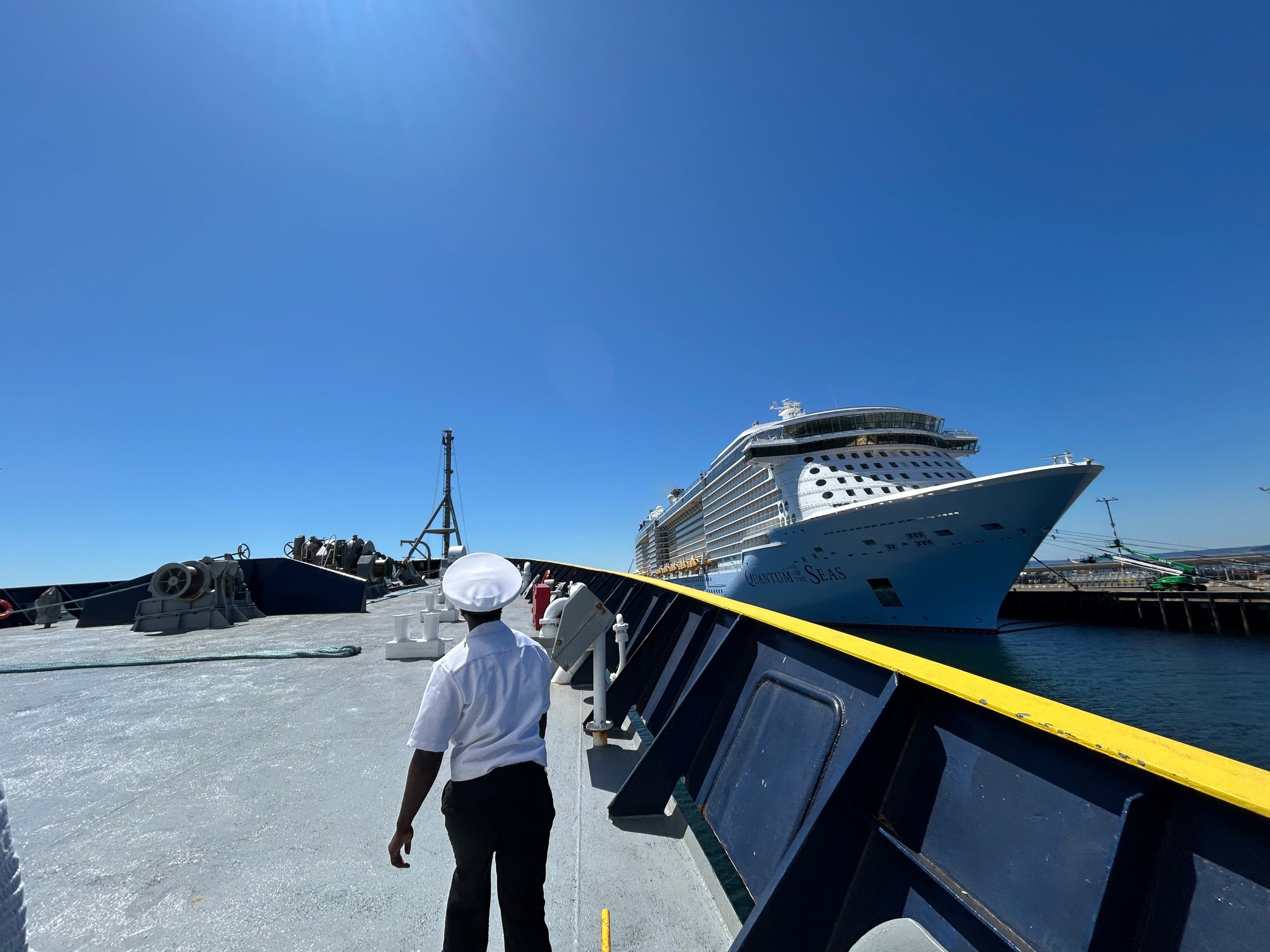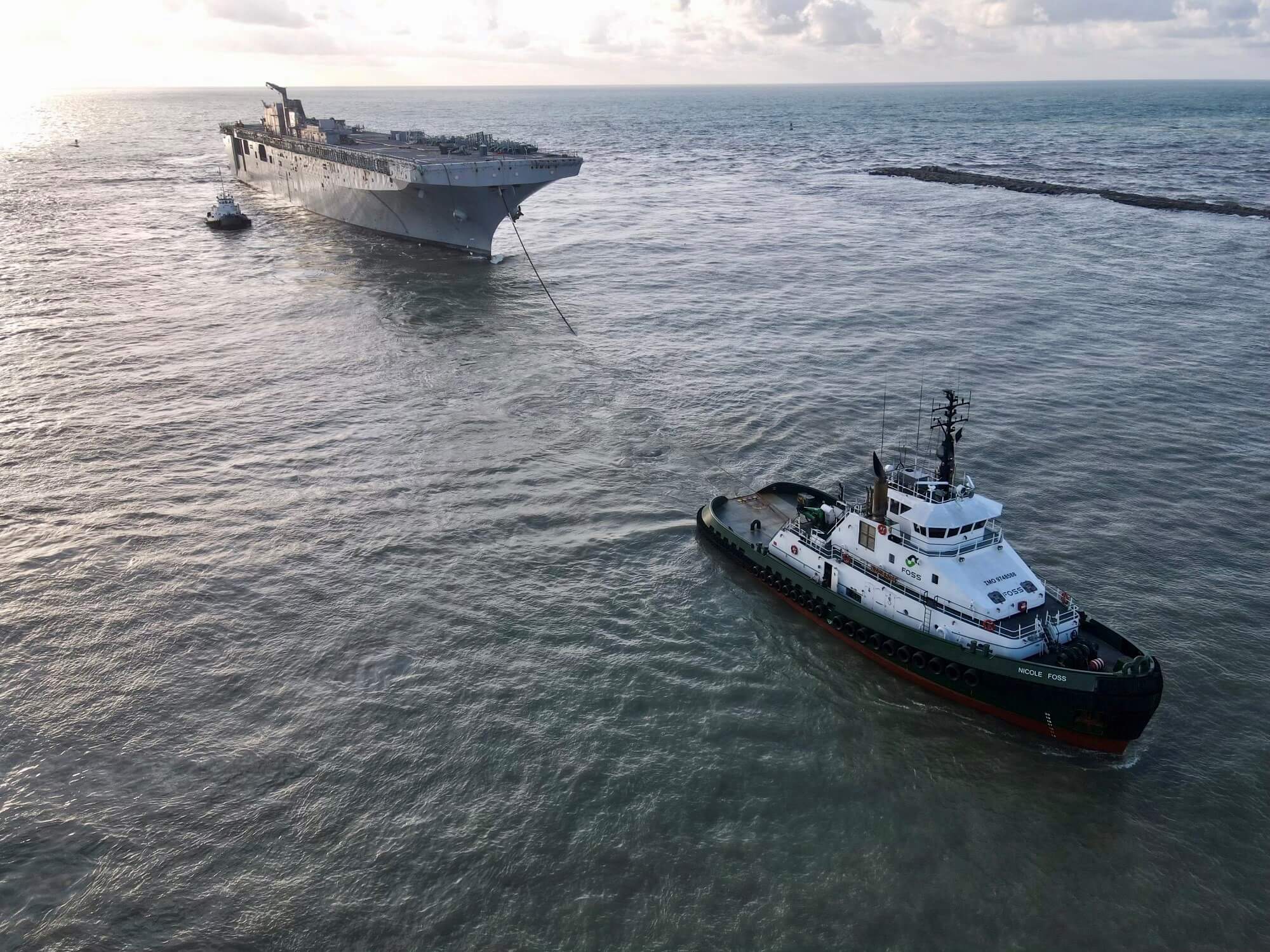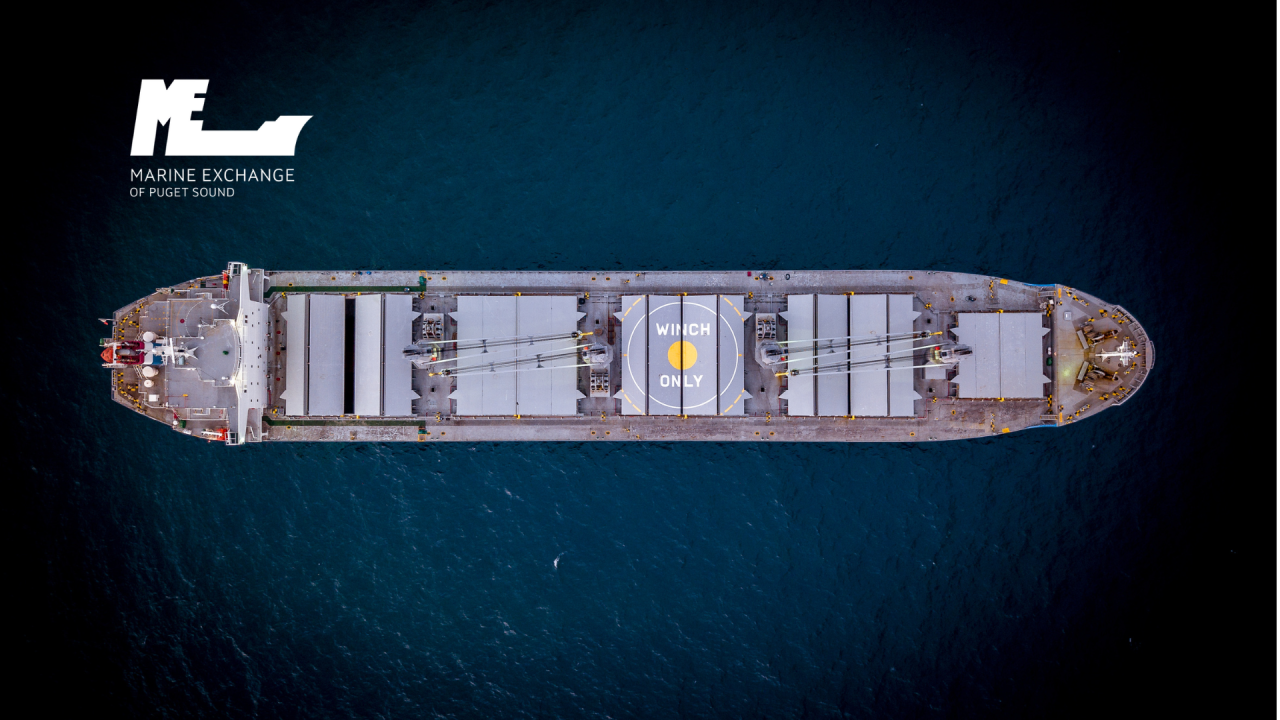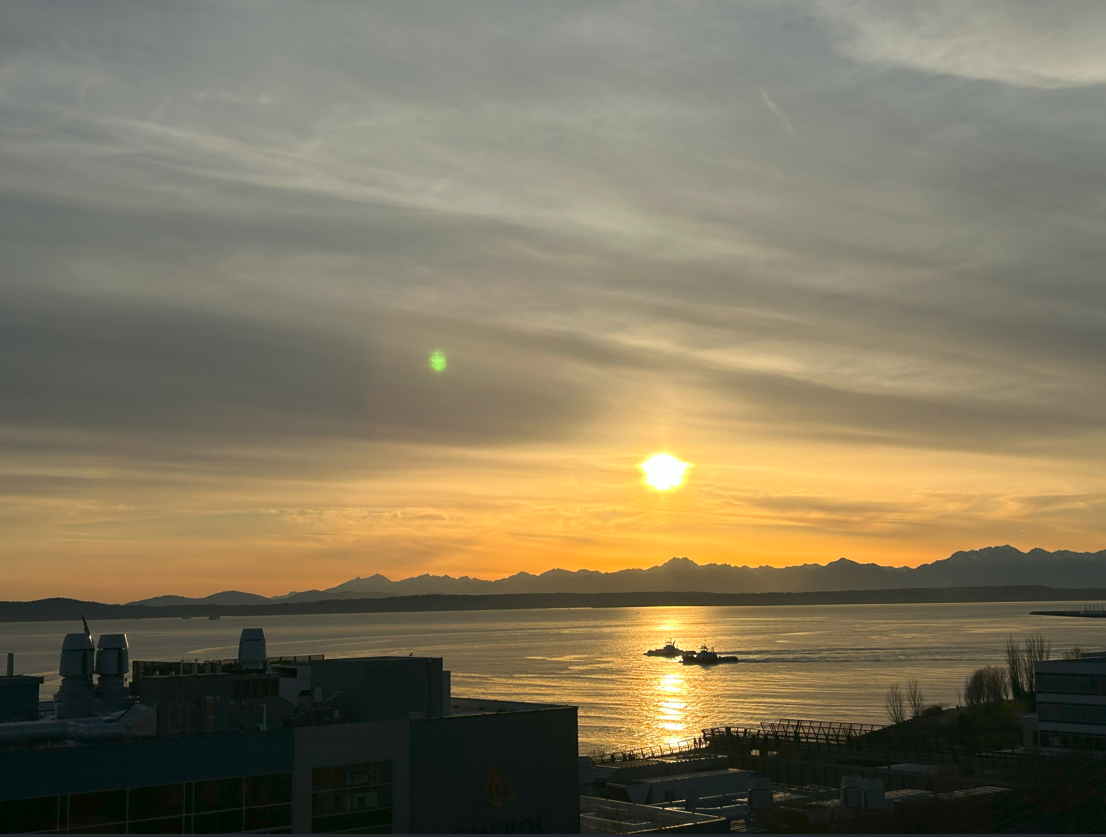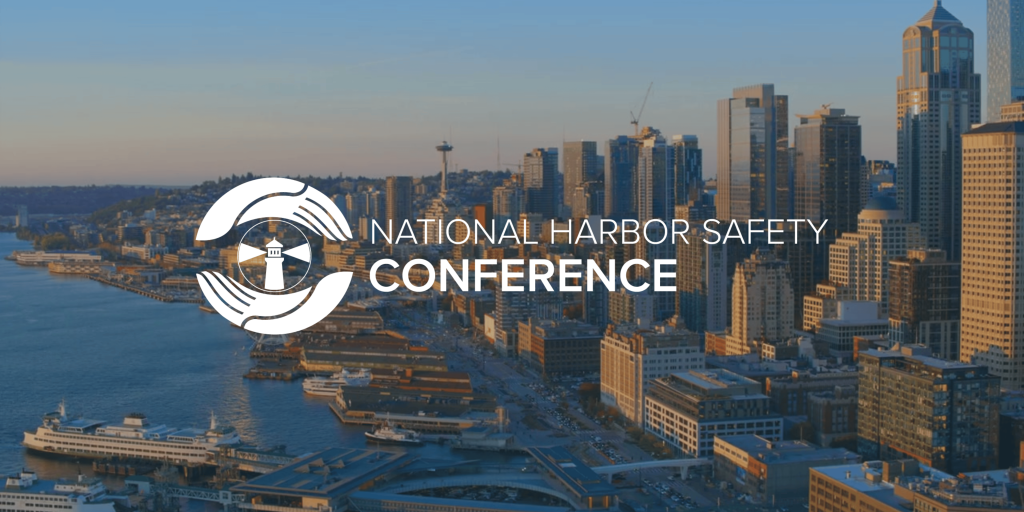
Week Ending: August 8, 2025
The maritime landscape of Puget Sound continues to evolve, with this week’s data revealing significant shifts in vessel traffic patterns that reflect broader economic trends and seasonal adjustments across the Pacific Northwest’s critical port network.
Leadership Update: Senator Liias Steps In
The Marine Exchange of Puget Sound’s upcoming Annual Meeting received an important update this week. While Representative Julia Reed was unable to participate as originally planned, Senator Marko Liias, Chair of the Senate Transportation Committee, has graciously agreed to address Marine Exchange members and participate in a private Q&A session. This high-level engagement underscores the continued importance of maritime infrastructure in Washington State’s economic strategy.
For industry professionals who haven’t yet registered, please do so today as the event is expected to reach capacity. The meeting represents a crucial opportunity for maritime stakeholders to engage directly with key policymakers shaping transportation infrastructure decisions.
Container Traffic Takes a Notable Dip
Perhaps the most striking development this week was the dramatic 45% decline in container vessel arrivals, dropping from 20 to just 11 vessels. This significant reduction likely reflects ongoing supply chain adjustments as the industry continues to navigate post-pandemic logistics patterns and evolving global trade dynamics.
The container shipping decline stands in contrast to other vessel categories, suggesting this may be a sector-specific adjustment rather than a broader economic slowdown affecting all maritime activity.
Tourism and Energy Sectors Show Resilience
While container traffic declined, passenger vessels demonstrated predictable growth with a 17% increase, rising from 12 to 14 arrivals. This uptick aligns with Seattle’s position as a major cruise destination and reflects the continued strength of the Pacific Northwest’s tourism sector.
Tanker operations remained remarkably stable, maintaining exactly 12 arrivals for the second consecutive week. This consistency in energy supply operations indicates steady demand and reliable logistics networks supporting the region’s energy infrastructure.
Regional Distribution Reveals Strategic Patterns
The geographic distribution of vessel arrivals tells an interesting story of regional specialization and market adaptation. While major ports like Seattle and Tacoma saw modest decreases (Seattle down 1, Tacoma down 4), smaller specialized facilities experienced significant growth.
Cherry Point emerged as a standout performer with a 133% increase, jumping from 3 to 7 arrivals. Similarly, Aberdeen doubled its weekly traffic from 1 to 3 vessels, representing a 200% increase. These gains at specialized facilities suggest a strategic shift toward more distributed port operations and potentially more efficient cargo handling at targeted locations.
Seasonal Patterns and Market Adjustments
The 43% decline in bulk cargo arrivals from 7 to 4 vessels reflects predictable seasonal patterns in commodity flows. Bulk cargo operations often follow agricultural and industrial cycles, and this adjustment appears consistent with normal seasonal variations rather than indicating market distress.
Vehicle transport showed healthy growth with a 40% increase, rising from 5 to 7 arrivals. This uptick could reflect continued strength in automotive markets or strategic inventory positioning by manufacturers and dealers.
System Reliability Remains Strong
Despite the various shifts in traffic patterns, the Marine Exchange reports all systems operational with AIS (Automatic Identification System) and radio communications maintaining full functionality. This operational reliability provides the foundation for safe and efficient maritime operations regardless of traffic volume fluctuations.
Looking Ahead
The total weekly arrivals of 63 vessels (up slightly from 62 the previous week) demonstrates the overall resilience of the Puget Sound maritime system. While individual sectors experience natural fluctuations, the port network’s ability to maintain steady overall activity while adapting to changing market conditions speaks to the region’s maritime infrastructure strength.
With an average of six arrivals daily, Puget Sound continues to serve as a critical gateway for Pacific Northwest commerce. The diversity of vessel types and port destinations provides operational flexibility that allows the system to adapt to changing economic conditions and market demands.
As maritime industry leaders and operators prepare for the Annual Meeting with Senator Liias, these traffic patterns will likely inform discussions about infrastructure priorities and policy directions that will shape the region’s maritime future. The data suggests a dynamic, adaptable system well-positioned to meet evolving challenges while maintaining its role as a cornerstone of regional economic activity.
The Marine Exchange of Puget Sound continues to provide critical coordination and communication services supporting safe, efficient maritime operations across the Pacific Northwest’s vital port network.



